European architecture encompasses a wide range of architectural styles that have developed across the continent over centuries. It is influenced by various historical periods, cultural traditions, and regional characteristics. While it is impossible to capture the entirety of European architecture in a brief description, here are some key characteristics and styles commonly associated with European architecture:
-
Classical Architecture: Europe has been deeply influenced by classical architecture, particularly ancient Greek and Roman styles. Classical elements such as columns, pediments, and symmetrical designs can be found in many European buildings, especially during the Renaissance and Neoclassical periods.
-
Gothic Architecture: Gothic architecture emerged in Europe during the High and Late Middle Ages. It is characterized by pointed arches, ribbed vaults, flying buttresses, and large stained glass windows. Gothic cathedrals and churches are known for their verticality, intricate stone carvings, and ornate decoration.
-
Renaissance Architecture: The Renaissance period witnessed a revival of classical ideals and a shift towards humanism. Renaissance architecture emphasized proportion, symmetry, and mathematical harmony. Buildings featured domes, pilasters, and classical orders. Prominent examples include the works of Italian architects such as Brunelleschi and Palladio.
-
Baroque Architecture: Baroque architecture flourished in Europe during the 17th and 18th centuries. It is characterized by grandeur, drama, and elaborate ornamentation. Baroque buildings often feature curved forms, dynamic facades, and opulent interiors. Prominent examples include the works of architects like Bernini and Borromini in Italy.
-
Rococo Architecture: Rococo architecture emerged as a more delicate and playful variation of the Baroque style. It was popular in the 18th century and is characterized by asymmetry, pastel colors, and intricate ornamentation. Rococo architecture is often associated with lavish palaces and decorative interiors.
-
Neoclassical Architecture: Neoclassical architecture emerged in the late 18th century as a reaction against the excesses of the Baroque and Rococo styles. It drew inspiration from ancient Greek and Roman architecture, emphasizing simplicity, symmetry, and clean lines. Neoclassical buildings often feature pediments, columns, and restrained ornamentation.
-
Victorian Architecture: The Victorian era in the 19th century saw a diverse range of architectural styles across Europe. Gothic Revival, Italianate, Queen Anne, and other eclectic styles were popular during this period. Victorian architecture is characterized by ornate detailing, steep roofs, and a mix of historical references.
-
Modernist and Contemporary Architecture: In the 20th century, Europe became a hub for modernist and contemporary architectural movements. Bauhaus, Art Deco, International Style, Brutalism, and Postmodernism are some of the influential styles that emerged during this time. European cities showcase a mix of historic preservation and innovative contemporary designs.
This is one of the forty original architectural styles based on which I generated references for the interior and exterior of the target building.
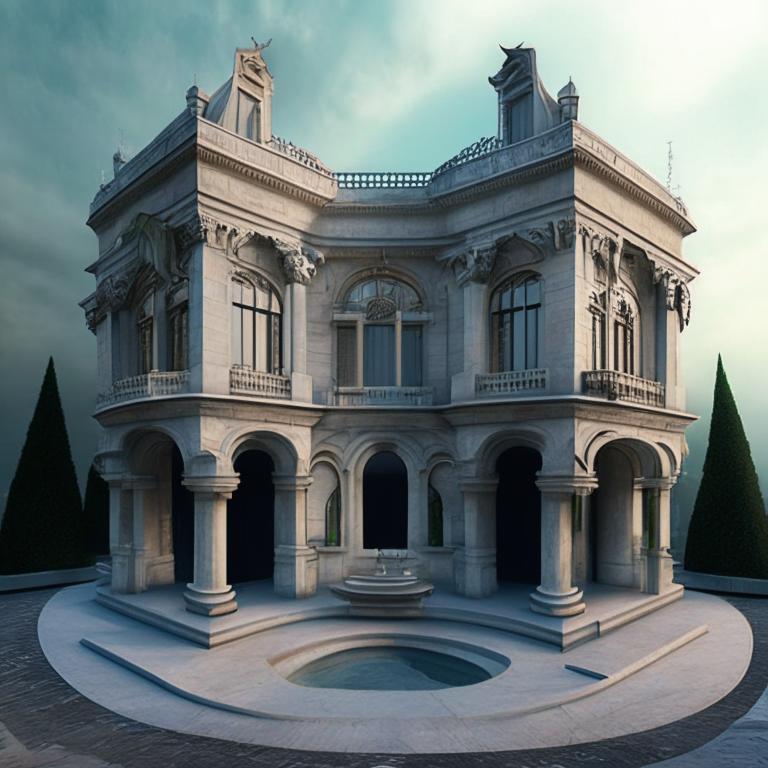
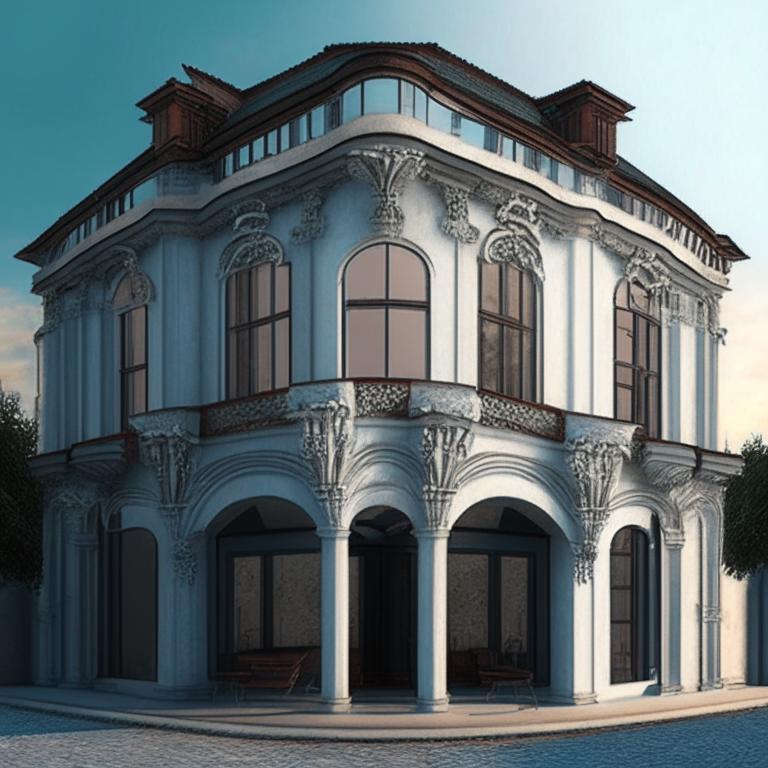
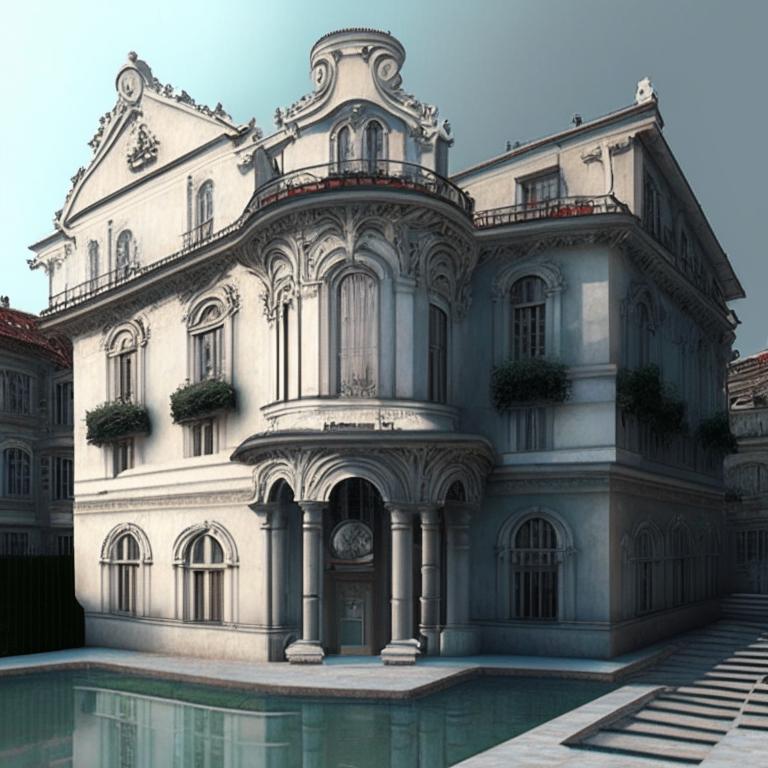
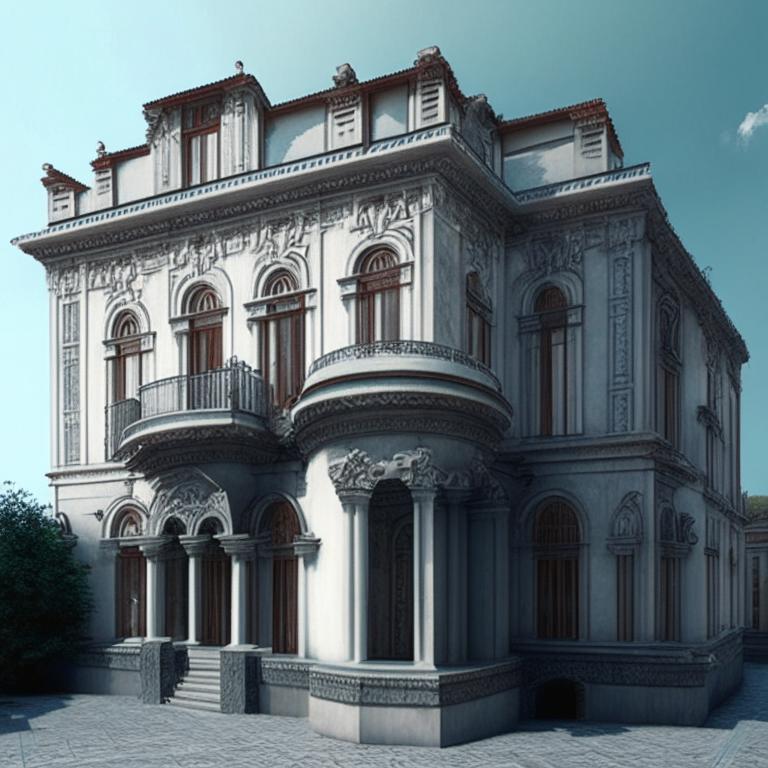
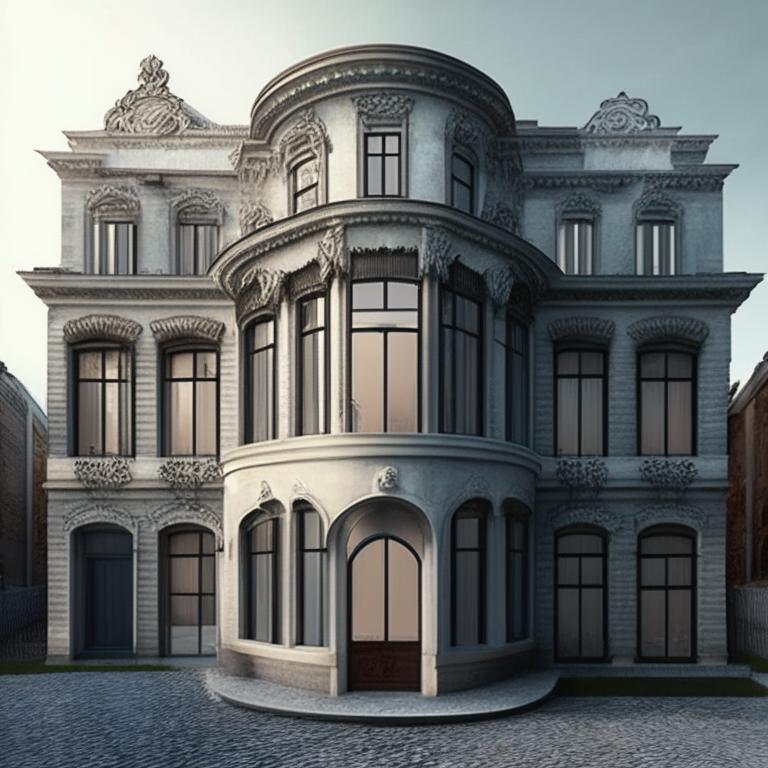
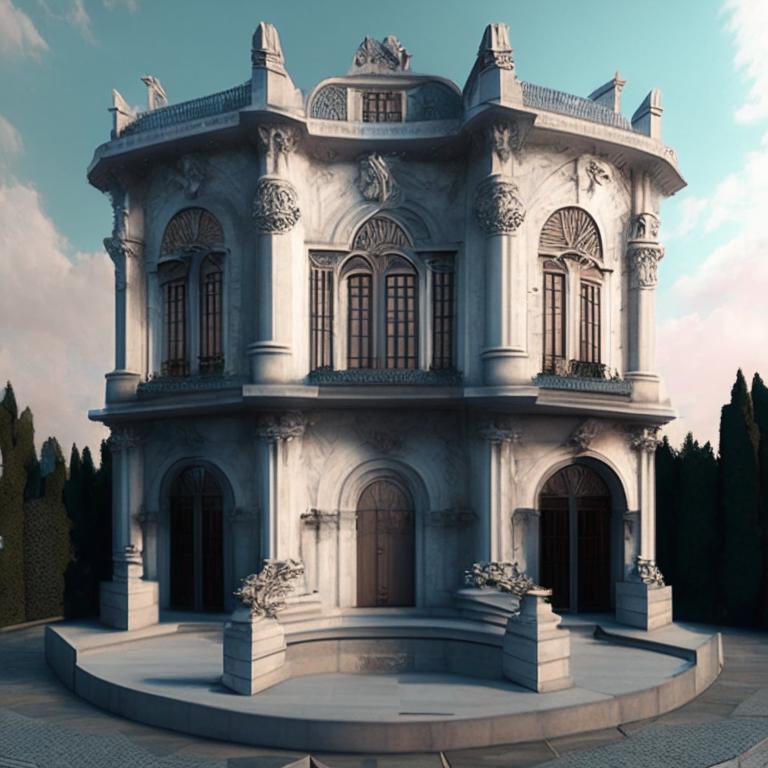
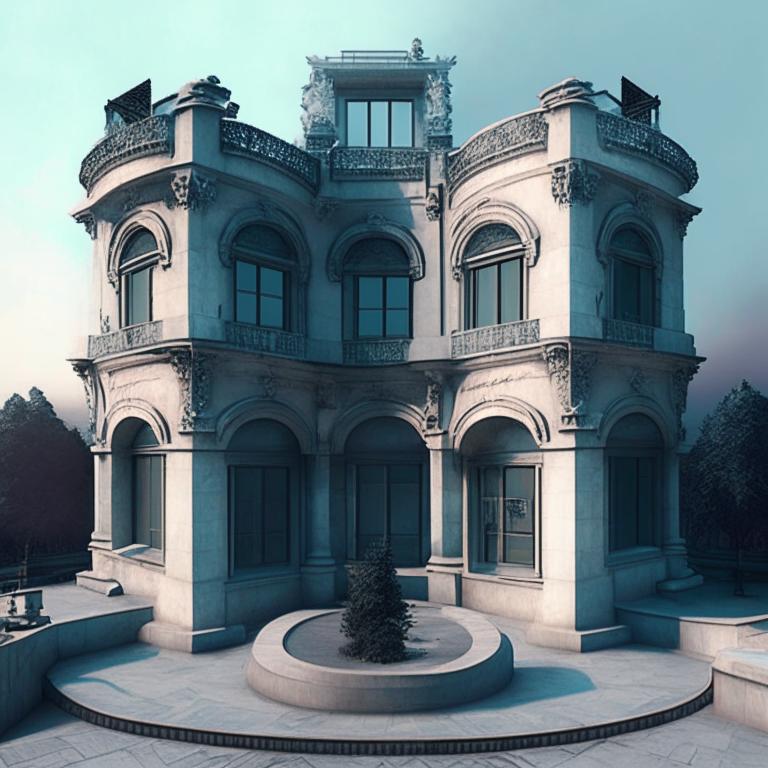
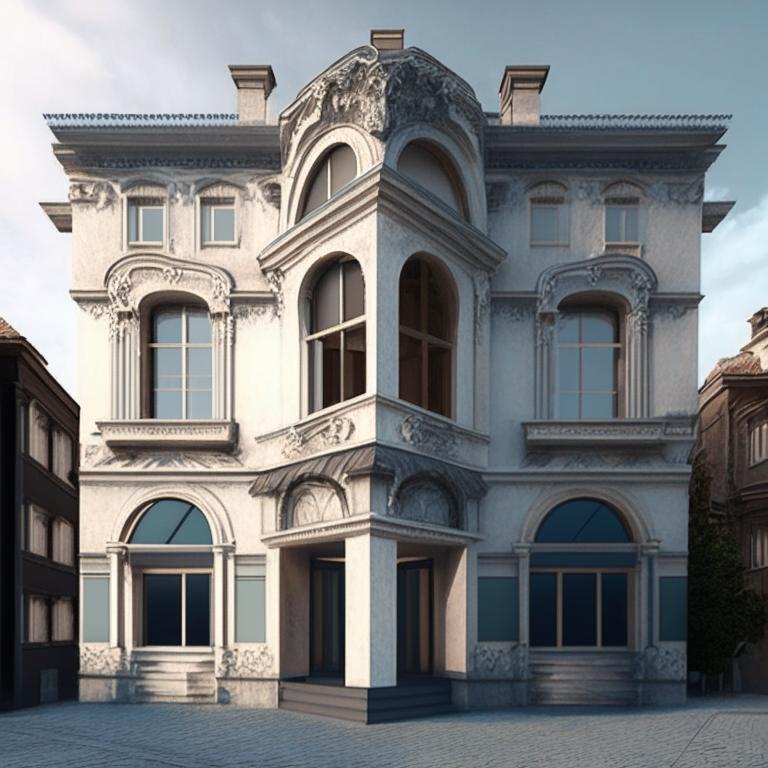
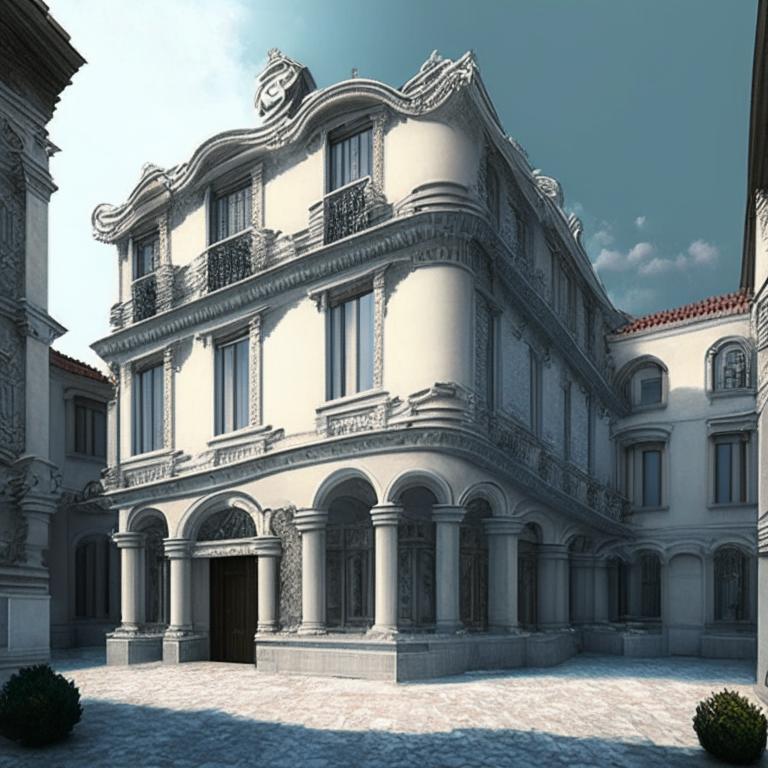
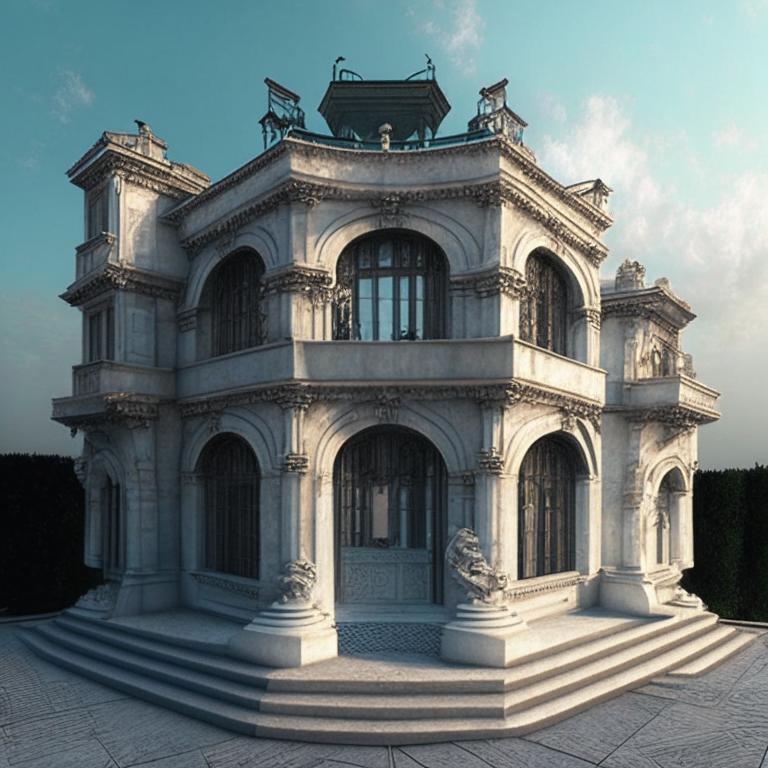

There is no comments